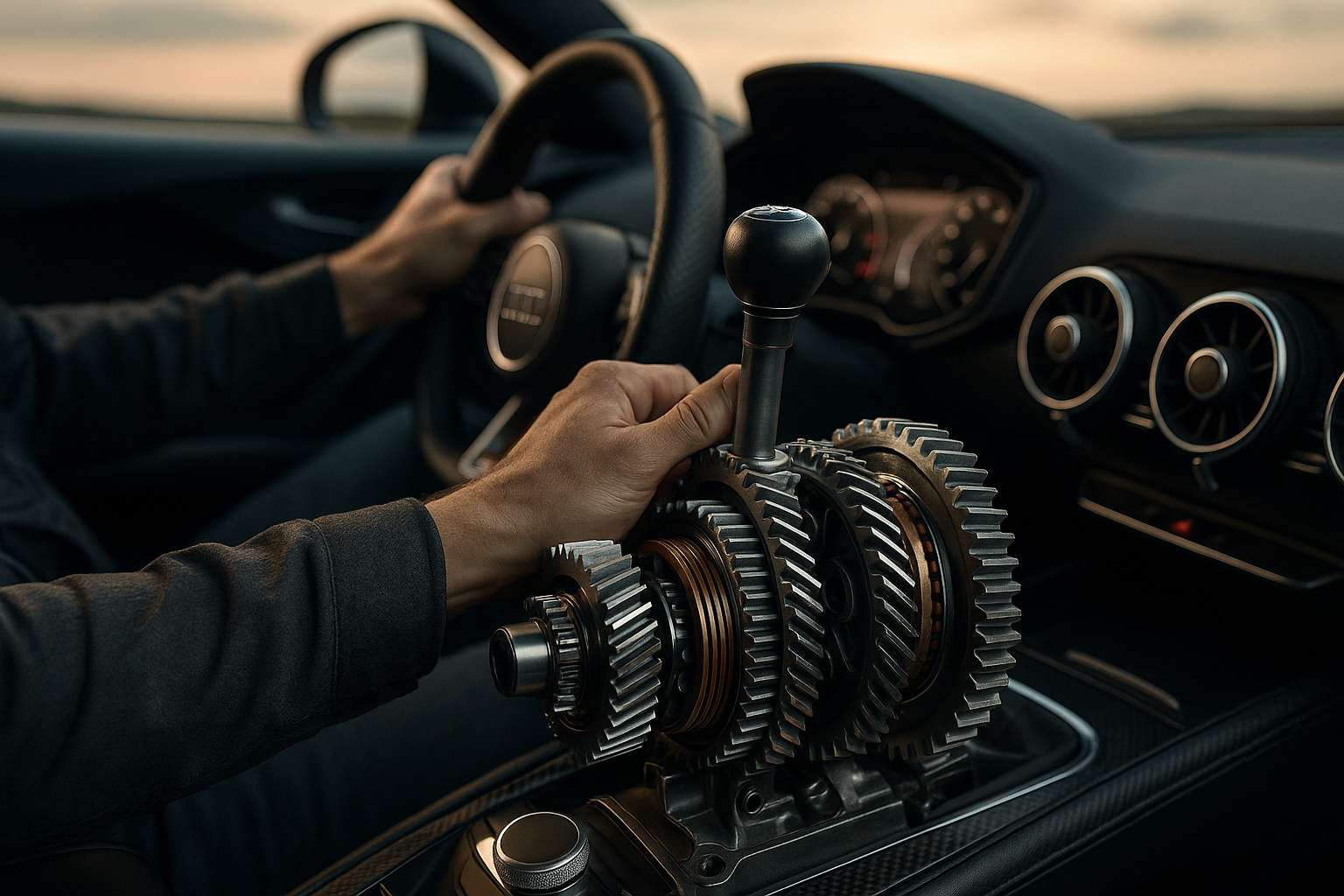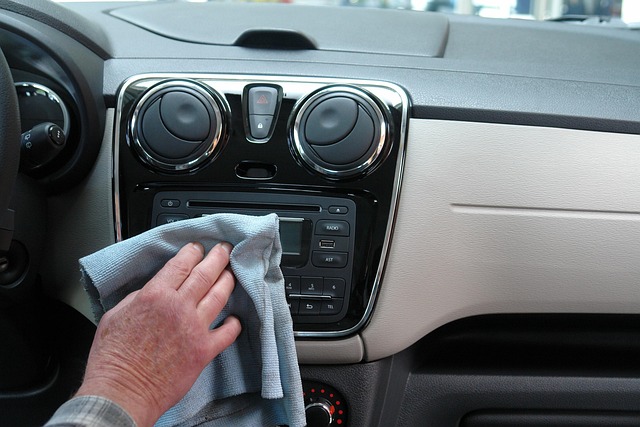Shifting Gears: The Intricate Dance of Dual-Clutch Transmission
The automotive world is a never-ending whirl of innovation and evolution, and a key player in this dance is the dual-clutch transmission. This technology, once exclusive to high-end sports cars, is now making its way into everyday vehicles, transforming the driving experience.

The Genesis of Dual-Clutch Transmission
The concept of dual-clutch transmission, or DCT, has its roots in the 1930s. However, it was Porsche that first commercialized this technology with the 956 and 962C race cars in the 1980s. A DCT essentially uses two separate clutches for odd and even gear sets, facilitating faster and smoother gear shifts. This innovation brought a new level of efficiency and performance to the world of racing, setting a new standard for transmission technology.
The Mechanics of Dual-Clutch Transmission
A DCT operates with two independent clutches, each connected to a separate set of gears. This allows the transmission to pre-select the next gear before the current one is disengaged, resulting in virtually seamless gear changes. This simultaneous engagement and disengagement of gears are what gives DCT its quick-shifting capabilities and its edge over traditional manual and automatic transmissions.
Current Trends and Developments
Today, DCT is no longer exclusive to race cars and luxury vehicles. More and more manufacturers are incorporating this technology into their mainstream models, recognizing the performance benefits and fuel efficiency it offers. Companies like Hyundai, Ford, and Volkswagen have launched models with DCT, making this technology more accessible to everyday drivers.
The Pros and Cons of Dual-Clutch Transmission
The advantages of DCT are undeniable. It offers faster gear changes, improved fuel efficiency, and a smoother driving experience. However, it’s not without its challenges. DCTs can be more complex and expensive to repair than traditional transmissions. There’s also a learning curve for drivers used to automatic or manual transmissions, as DCT can behave differently, especially at low speeds.
The Future of Dual-Clutch Transmission
Despite these challenges, the future of DCT looks promising. Manufacturers continue to refine the technology, making it more reliable and user-friendly. As more drivers experience the benefits of DCT, its popularity is likely to grow.
In conclusion, dual-clutch transmission represents a significant step forward in the quest for perfecting vehicular performance. It combines the best of both worlds, offering the control of a manual transmission with the convenience of an automatic. As this technology continues to evolve and become more accessible, it’s set to revolutionize the way we drive.




